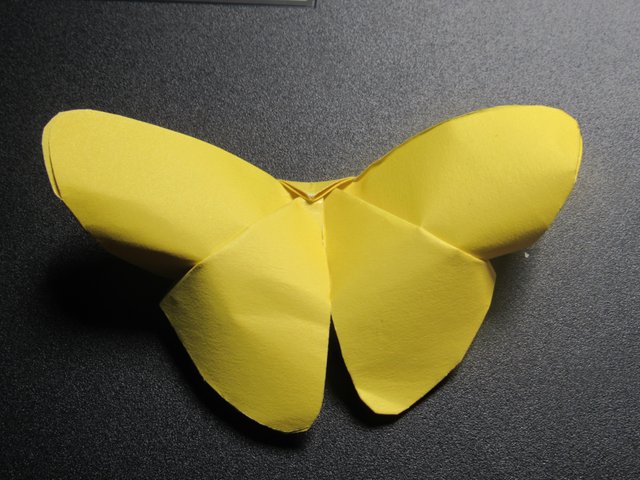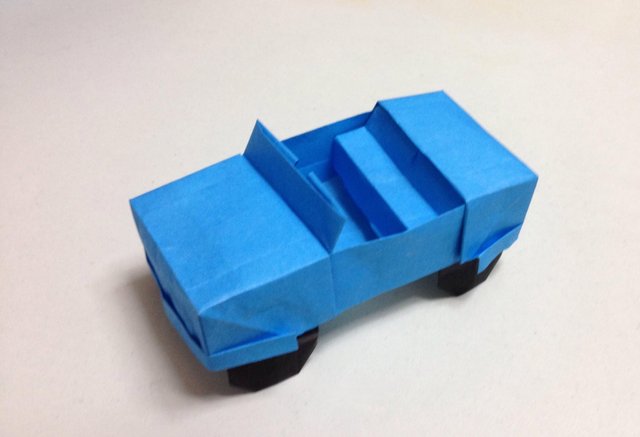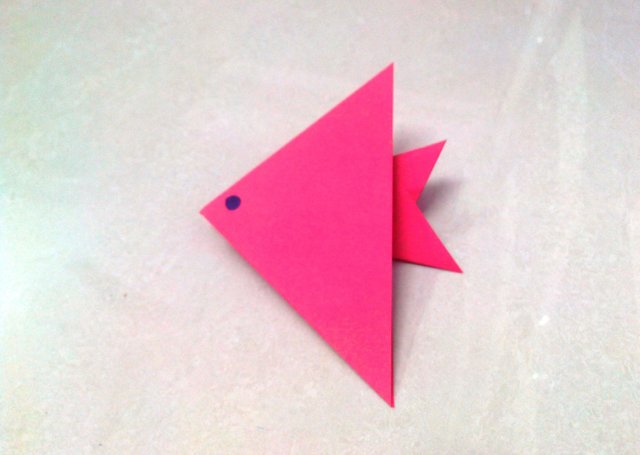The History of paper-craft
During childhood everyone has a fascination for making paper plane, paper boat or other paper made handicraft. These paper made handicraft is mostly known as origami. There is debate about which country started origami or paper folding first. Some researchers suggest if paper was invented in china, then paper folding would have started there. But origami became an art form in Japan during 6th century when Buddhist monks brought paper to Japan. Japanese paper folding was largely restricted to religious ceremonial use because paper was expensive. The Japanese word "Origami" is a composed of two Japanese words: "ori" meaning to fold, and "kami", meaning paper. Gradually origami spread to Europe, then to South America and then to North America.

The first book on origami was Tsutsumi-no-ki which was published in 1764. The first recreational origami book was Hidden Senbazaru Orikata which was published in 1797.This book offered basic diagrammatic instructions on 49 different forms of paper cranes. Currently, there are thousands of origami books, free origami diagrams on the internet, and origami videos

The art form continues to change over time. Sometimes people cut colorful papers and add them with glue whereas sometimes a single paper is used for making a origami design. Origami styles and techniques include: complex origami, mathematical origami, modular origami, wet folding origami, origami tessellations. Wet folding origami is very popular technique developed by Akira Yoshizawa. This technique uses water to dampen paper so that it can be manipulated easily. It gives wavy shape to paper animals. Modular origami uses many small pieces that are same which are combined to form one large model.

The kindergarten movement made origami popular during 19th century. Paper binding, folding, cutting can be helpful for child development. Origami is good for body and mind. It activates our whole brain. Origami has various benefits like developing eye-hand co-ordination, attention skill, and math reasoning skill, geometry, sequencing, concentration, self-confidence and proportion.
Crane is considered as the one of the most famous origami designs. It is auspicious in Japanese culture. There is a legend about crane origami. According to legend anyone who folds one thousand paper cranes will have their hearts desire come true. There was a Japanese girl named Sadako Sasaki. She was two years old when atomic bomb was dropped on Hiroshima. She survived in that incide
But later on she was diagnosed with acute malignant lymph gland leukemia. She was admitted to Hiroshima Red Cross Hospital for treatment. Her roommate told Sadako about the legend of thousand cranes and taught her how to make paper crane. Sadako had plenty of free time in hospital but she couldn’t make thousands of crane because she had not enough paper. She also used medical wrappings in order to making cranes. Her best friend also brought paper from school for Sadako. There has a popular story that Sadako only managed to make 644 paper cranes before her death. After her death her classmates made one thousand cranes, which were buried with her. After her death a statue of Sadako holding a golden crane was built in the Hiroshima Peace Memorial Park.
Nice post. Followed you. Please follow me.